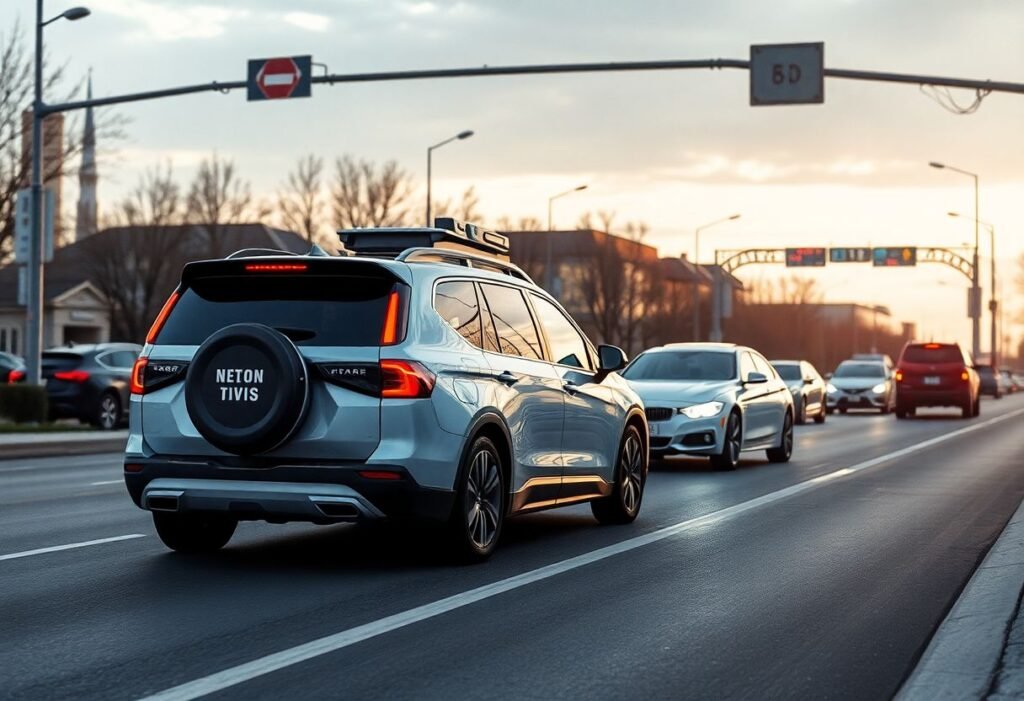The rise of autonomous vehicles is poised to transform our roads and traffic regulations significantly. As these vehicles become more prevalent, understanding their implications on traffic laws is critical in the field of innovation.
The Evolution of Traffic Laws
Traffic laws have historically evolved in response to changes in technology and societal needs. With the advent of autonomous vehicles, we see an unprecedented shift. These vehicles challenge existing laws and norms, prompting lawmakers to reconsider how rules are formulated. The introduction of self-driving technology raises questions about liability, safety standards, and compliance measures. What was once clear-cut may now require a reevaluation as we address the unique variables presented by autonomous systems. Innovations in transportation are paving the way for a new regulatory environment that must accommodate both traditional and autonomous vehicles.
Liability and Accountability Issues
One of the primary challenges will be determining liability in the event of an accident involving an autonomous vehicle. If a self-driving car is involved in a collision, is the manufacturer liable, or is the owner responsible? This complexity calls for clear legal frameworks that can handle accident liability in a world where cars operate independently. Developing these frameworks is essential for maintaining public trust and ensuring the safe integration of autonomous vehicles into our existing transportation systems. It will require considerable collaboration between lawmakers, technologists, and ethicists.
Impact on Traffic Flow and Regulations
Autonomous vehicles have the potential to greatly improve traffic flow and reduce congestion. By utilizing sophisticated algorithms and real-time data sharing, these vehicles can communicate with each other to optimize traffic patterns. As traffic laws are updated to reflect the capabilities of these vehicles, we may see changes such as modified speed limits and revised right-of-way rules. Traffic management systems will need to adapt to leverage these efficiencies and ensure efficient roadway usage, while still prioritizing safety.
Interactions Between Human and Autonomous Drivers
Another significant aspect of autonomous vehicles is their interaction with human drivers. As the coexistence of human-operated and self-driving cars becomes a reality, new traffic regulations will be necessary to manage their relationship on the roads. Training both human and autonomous drivers to understand the intentions and limitations of each other’s behaviors is critical. This requires innovation not just in vehicle technology but also in public awareness campaigns and education to prepare road users for the new dynamics of traffic flow.
The Role of Technology in Law Enforcement
Law enforcement agencies will need to adapt to the rise of autonomous vehicles as well. Advanced technologies like AI and machine learning can assist in monitoring compliance with the newly established traffic laws. For example, autonomous vehicles can be equipped with built-in systems that communicate traffic rule violations in real-time. This could enhance enforcement strategies, leading to safer roads. However, it also raises questions about privacy and data usage that must be addressed as the technology evolves.
Global Perspectives and Adoption Rates
The adoption of autonomous vehicles and the consequent changes in traffic laws are not uniform across the globe. Different countries are at various stages of embracing this technology, influenced by cultural, legal, and societal factors. For instance, countries with stringent safety regulations may take longer to integrate these vehicles compared to regions embracing technological innovation rapidly. As we look at global case studies, we can learn valuable lessons in structuring adaptable traffic laws that can evolve alongside technological advances.
Disclaimer: The information provided in this article is for informational purposes only and should not be considered legal advice.





















